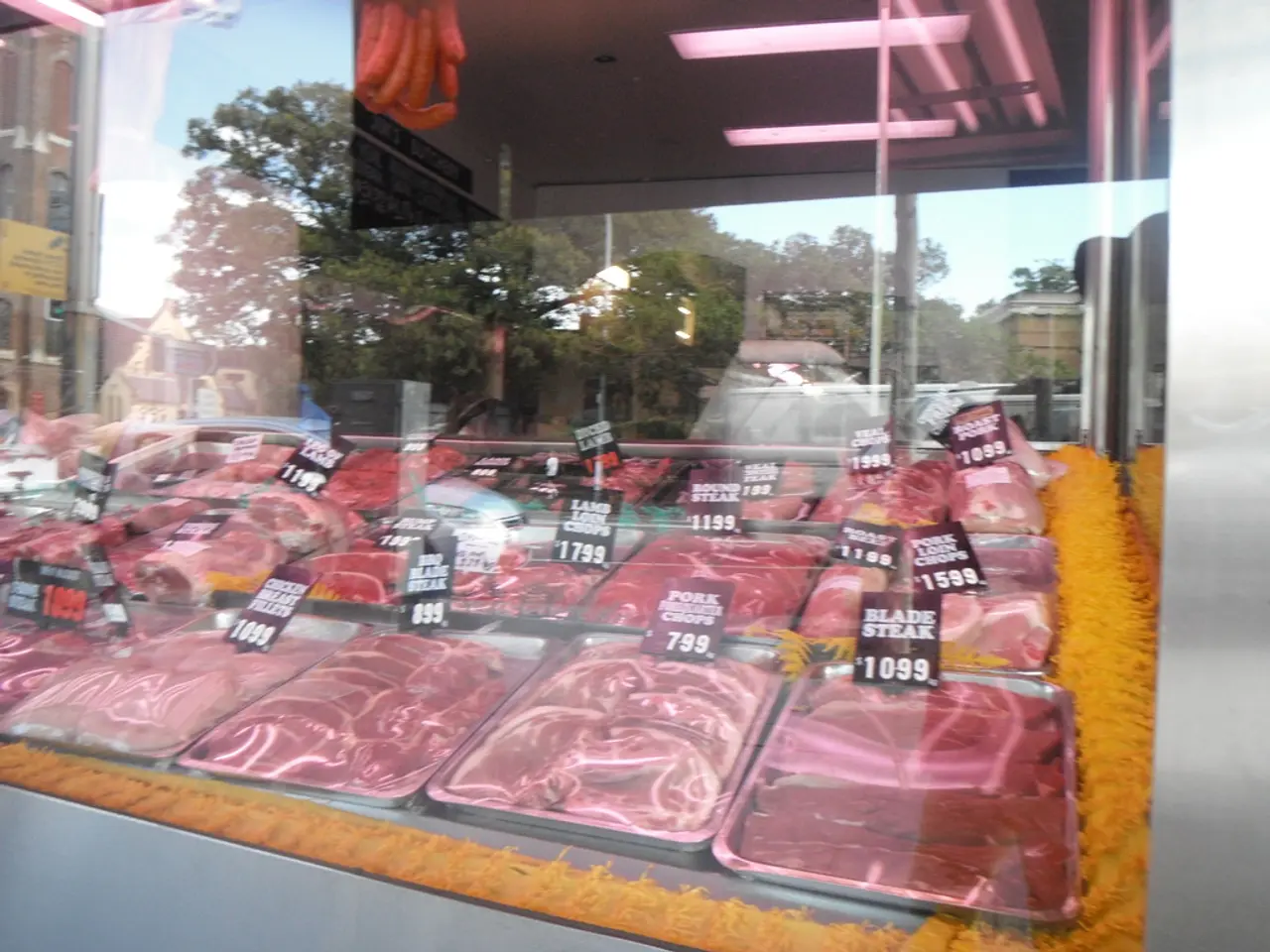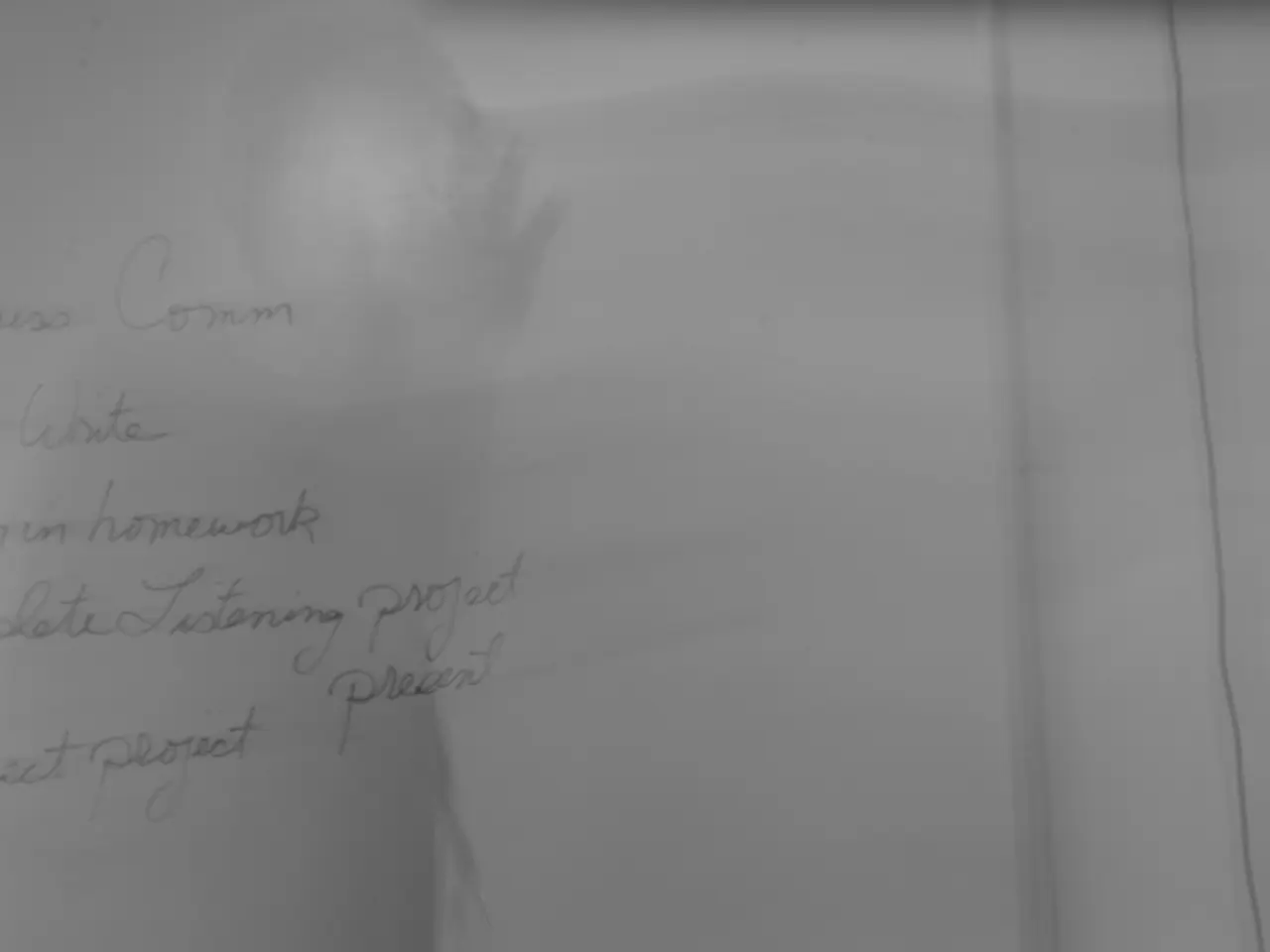Monochloroacetic Acid Market Expects Expansion Worth USD 1394.5 Million by 2034
The global Monochloroacetic Acid (MCAA) market is forecasted to reach a significant milestone of USD 1,394.5 million by 2034, growing at a steady Compound Annual Growth Rate (CAGR) of 3.8% from 2025 to 2034. This growth is particularly noticeable in the Asia-Pacific region, where the market value reached USD 408.1 million in 2024 [1][2].
The robust expansion of the Asia-Pacific MCAA market can be attributed to several key factors. The region, particularly China and India, is witnessing a surge in demand from the agrochemicals and pharmaceuticals sectors. MCAA is extensively used in the manufacturing of agrochemicals such as herbicides and pesticides, as well as pharmaceutical intermediates. The expanding agriculture sector in these countries, combined with increased demand for pharmaceutical innovations, fuels MCAA consumption [1].
Moreover, the increasing industrial applications of MCAA are bolstering its demand. MCAA serves as a versatile chemical intermediate in the production of carboxymethyl cellulose (CMC), surfactants, dyes, and other specialty chemicals. Growth in end-use industries like textiles, detergents, and coatings in the Asia-Pacific region is driving the demand for MCAA [1].
Rapid industrialization, urbanization, and improving infrastructure in China and India are contributing to expanding chemical manufacturing capacities and demand for intermediates like MCAA. Technological advancements and production capacities are also enhancing the supply capabilities, enabling better market penetration [1].
While environmental regulations and fluctuating raw material costs could pose challenges, the availability of raw materials and cost efficiencies in the Asia-Pacific region support competitive MCAA production and usage [1].
Notable players in the region, such as Henan HDF Chemical in China, are expanding their production facilities to meet the growing demand. In India, Anugrah In-Org (P) Limited has scaled up MCAA production with a new manufacturing facility, focusing on cost efficiency and export expansions to Africa and Southeast Asia [1].
Denak Co. Ltd (South Korea) has developed high-efficiency MCAA purification techniques, improving product quality for cosmetics and adhesives, and is investing in automated production lines to enhance output and safety. CABB Group GmbH has introduced chlorine-recycling technology to minimize waste and expanded its European production capacity to meet growing demand in surfactants and pharmaceuticals [1].
Alfa Aesar (Thermo Fisher Scientific) supplies high-purity MCAA for laboratory and industrial applications, with recent updates including expanded distribution networks and enhanced safety data sheets (SDS) [1]. The crystalline form of MCAA, preferred for its ease of handling, storage stability, high purity, and versatile use across various industries, captured a 44.8% share of the market in 2024 [1].
The Asia-Pacific region, especially India, is projected to see growth of 12% annually in the Agrochemical sector. The Middle East & Africa and Latin America are gradually progressing in MCAA applications, particularly in agriculture, but their contribution to the global market remains limited [1].
Businesses in the MCA market should focus on strategic collaborations, capacity expansions, R&D for eco-friendly production, and diversifying product portfolios to include high-purity crystalline MCA for pharmaceuticals and surfactants. The MCA Market is poised for steady growth, driven by its wide use in industries like agriculture, pharmaceuticals, and personal care [1].
References: [1] Grand View Research. (2021). Global Monochloroacetic Acid Market Size, Share & Trends Analysis Report by Application (Agrochemicals, Pharmaceuticals, Personal Care, Surfactants, Others), and Geography (North America, Europe, Asia Pacific, Latin America, Middle East & Africa), and Segment Forecasts, 2021 - 2028. [2] MarketWatch. (2021). Asia-Pacific Monochloroacetic Acid Market to Grow at a CAGR of 3.8% During the Forecast Period 2021-2028.
The expansive agrochemicals and pharmaceuticals sectors in China and India, two major regions in the Asia-Pacific, drive the demand for Monochloroacetic Acid (MCA), as it is extensively used in the manufacturing of agrochemicals and pharmaceutical intermediates.
The rising industrial applications of MCA, particularly in the production of carboxymethyl cellulose (CMC), surfactants, dyes, and other specialty chemicals, are bolstering its demand, especially in the Asia-Pacific region.




